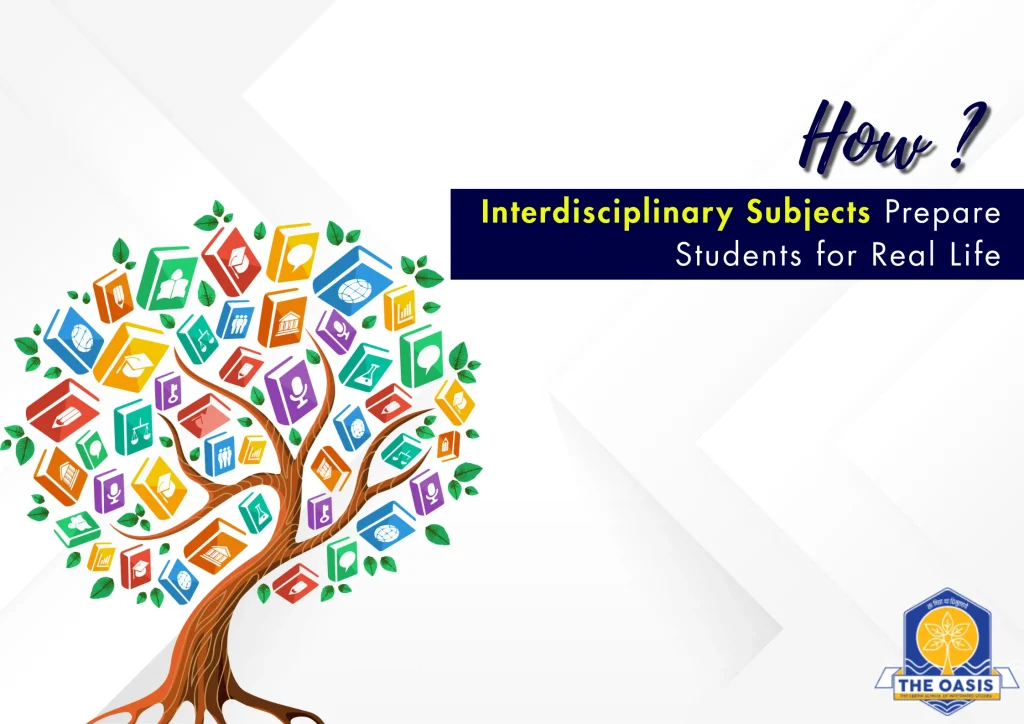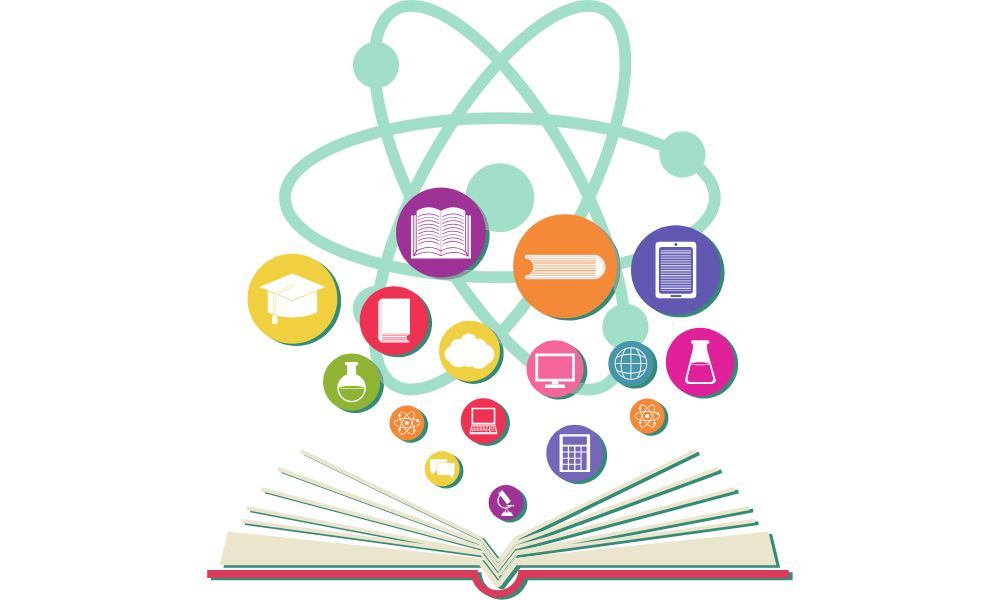
The world is no longer limited to isolated fields of knowledge. Real-world challenges often demand a combination of skills and perspectives drawn from multiple disciplines.
As education evolves, schools are beginning to understand the importance of breaking subject silos and encouraging students to engage in interdisciplinary subjects. This approach helps prepare students not just for exams, but for life beyond school.
In traditional learning systems, subjects are often taught separately science in one period, history in another, and math in the next. But in real life, problems don’t appear categorized.
For example, developing an app requires understanding both technology and user behavior. Launching a business needs knowledge of economics, communication, and creativity. These are just a few examples where interdisciplinary subjects become crucial.
Schools across India, especially the Best Boys Boarding Schools in Dehradun, are integrating interdisciplinary learning methods to help students build connections between subjects.
This not only boosts academic performance but also nurtures practical thinking and problem-solving abilities in students from an early age.
- What Are Interdisciplinary Subjects?
- How Interdisciplinary Subjects Bridge Classroom Learning and Real Life
- Interdisciplinary Learning in Practice:
- Real-Life Skills Developed Through Interdisciplinary Subjects
- Interdisciplinary Subjects and Career Readiness
- Making Interdisciplinary Learning Engaging
- Frequently Asked Questions (FAQs)
What Are Interdisciplinary Subjects?

Interdisciplinary subjects involve the integration of knowledge, concepts, and skills from two or more academic disciplines to explore a topic, issue, or problem.
Instead of teaching subjects in isolation, this approach encourages a blended learning experience that reflects how the world actually works.
For example:
- Environmental Studies may include elements of biology, geography, and political science.
- Business Studies may involve mathematics, economics, and psychology.
- Artificial Intelligence might pull from computer science, ethics, and linguistics.
How Interdisciplinary Subjects Bridge Classroom Learning and Real Life

Interdisciplinary learning doesn’t just add variety to education—it bridges the gap between theory and practice.
When students explore how different subjects relate to one another, they begin to see the world through a more holistic lens. This shift in perspective is critical for developing life-ready skills.
Here’s how interdisciplinary subjects prepare students for real life:
1. Develops Critical Thinking and Analytical Skills
In interdisciplinary learning, students are exposed to complex problems that don’t have straightforward solutions. They must analyze, evaluate, and combine knowledge from various fields. This builds critical thinking—one of the most valuable skills in both academic and professional environments.
2. Encourages Creativity and Innovation
When students work across disciplines, they are encouraged to think outside the box. Solving a science-related problem using design thinking or explaining a historical event through a mathematical pattern sparks creative connections. This cross-pollination of ideas is the foundation of innovation.
3. Improves Communication and Collaboration
Working on projects that involve multiple subjects often requires collaboration. Students learn to communicate ideas effectively to people who may think differently from them. This builds empathy, active listening, and the ability to work well in teams—skills that are crucial in any career path.
4. Fosters Real-World Problem Solving
Most of today’s global challenges—climate change, health crises, technology ethics—are inherently interdisciplinary. By working on projects that simulate such problems, students learn how to apply academic knowledge to real-life situations. This prepares them to become informed, active citizens in the future.
Interdisciplinary Learning in Practice:
Many schools are now adopting interdisciplinary approaches through various forms:
- Project-Based Learning (PBL): Students work on projects that connect multiple subjects. For example, building a model city requires math (measurements), geography (location), and civic studies (infrastructure planning).
- Integrated Assessments: Instead of evaluating students through single-subject tests, some schools assess performance on interdisciplinary tasks that require broader understanding.
- Collaborative Teaching: Teachers from different departments co-create lessons or units that blend their subjects for a more connected learning experience.
These practices encourage a shift from rote learning to concept-based exploration. As students start understanding the relevance of what they learn, their engagement and motivation also increase.
Real-Life Skills Developed Through Interdisciplinary Subjects

Beyond academics, interdisciplinary subjects play a major role in building essential life skills that students will use in college, work, and society at large.
These include:
- Decision-Making: Balancing multiple perspectives helps in evaluating the best possible choices.
- Adaptability: Interdisciplinary learning teaches students to be flexible and handle ambiguity—valuable in today’s fast-changing world.
- Time Management: Managing cross-subject tasks hones planning and execution skills.
- Ethical Reasoning: Understanding social, cultural, and scientific angles allows students to make ethically sound decisions.
Interdisciplinary Subjects and Career Readiness

The future job market will require individuals who are not just specialists but also generalists. Fields like UX Design, Data Science, Digital Marketing, Sustainability, and Product Management demand interdisciplinary knowledge.
Let’s take a few examples:
- A Data Analyst must understand statistics, business insights, and storytelling to communicate findings effectively.
- A Product Designer needs inputs from psychology, engineering, and art to create user-friendly solutions.
- A Climate Change Researcher should understand science, policy, economics, and public engagement.
By offering interdisciplinary subjects, schools equip students with the mindset and versatility required in today’s and tomorrow’s professional world.
Making Interdisciplinary Learning Engaging

For students to truly benefit, interdisciplinary learning should be fun and relevant. Here are ways schools can make these subjects engaging:
- Encourage curiosity-driven learning instead of textbook-based memorization.
- Use case studies and real-life problems as teaching tools.
- Promote group projects where students take on different roles based on their strengths.
- Integrate field trips, guest lectures, and experiential activities that blend subjects.
Frequently Asked Questions (FAQs)
Ques 1. Why are interdisciplinary subjects important in schools? Ans. They help students build real-life skills like critical thinking, problem-solving, communication, and adaptability by connecting different subjects into a unified learning experience.
Ques 2. Can interdisciplinary subjects improve academic performance? Ans. Yes, they often increase student engagement and understanding, leading to better retention and higher academic performance across subjects.
Ques 3. What’s the difference between interdisciplinary and traditional subjects? Ans. Traditional subjects are taught separately, while interdisciplinary subjects integrate them, showing students how different areas of knowledge connect and apply in the real world.
Ques 4. How do interdisciplinary subjects develop critical thinking? Ans. Students are encouraged to analyze problems from different perspectives, compare information across subjects, and arrive at well-thought-out conclusions.
Ques 5. What’s the role of teachers in interdisciplinary learning? Ans. Teachers plan integrated lessons, guide collaborative projects, and help students connect ideas across different subjects.



